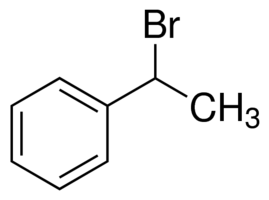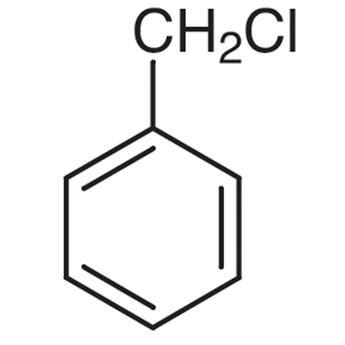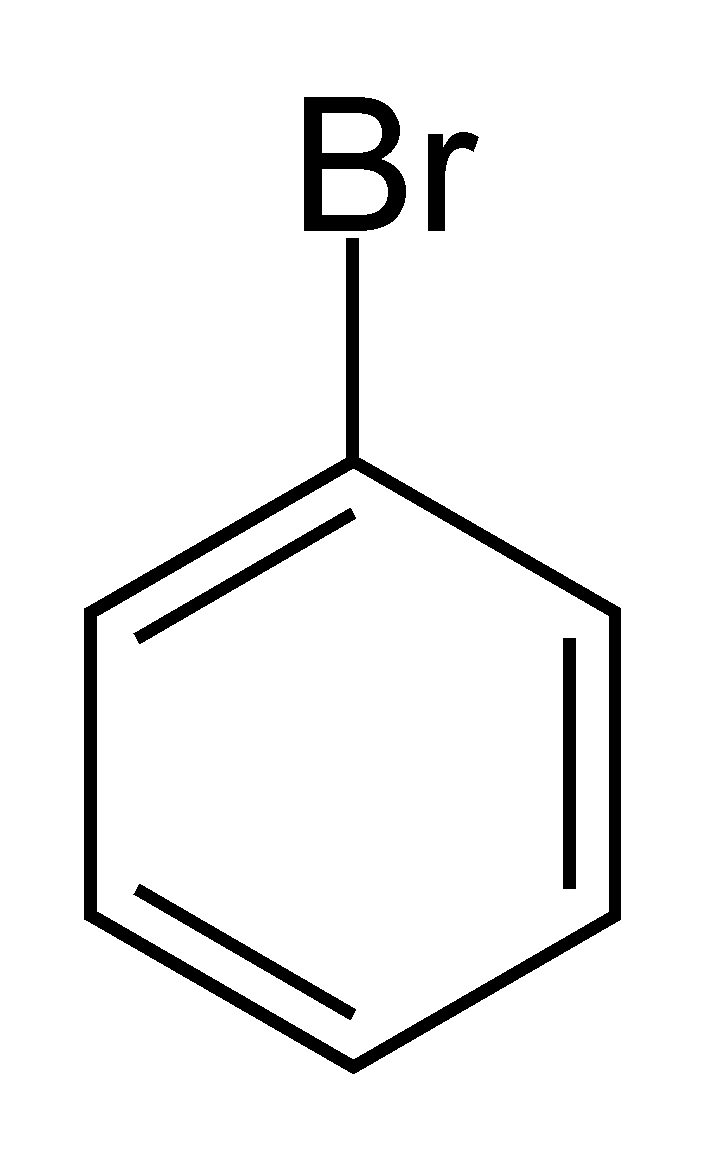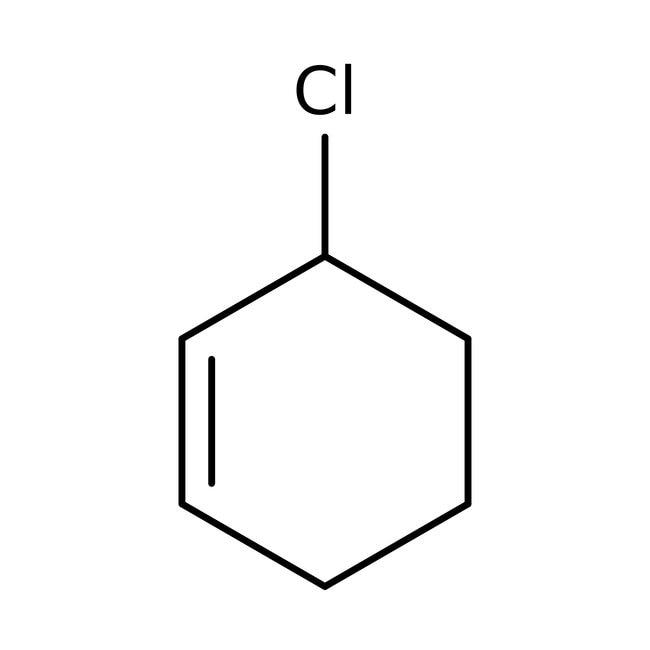
Which of the following is allylic halide?
(a) (1-Bromoethyl) benzene
(b) Benzyl chloride
(c) 1-Bromo benzene
(d) 3-Chloro cyclohex-1-ene
Answer
223.5k+ views
Hint: An allylic carbon is a carbon atom bonded to a carbon atom that in turn is doubly bonded to another carbon atom.
Step-by-step answer:
> In (1-Bromoethyl) benzene or \[{{C}_{8}}{{H}_{9}}Br\], we can see that on the allylic carbon of the molecule, the halogen atom is present with a methyl group. Hence, it cannot be termed as an allylic halide.

(1-Bromoethyl) benzene
> In Benzyl chloride or (Chloromethyl) Benzene with a molecular formula of \[{{C}_{7}}{{H}_{7}}Cl\], we can see that on the allylic carbon of the molecule, the halogen atom is present along with a methyl group. This is why Benzyl chloride does not qualify as an allylic halide.

Benzyl chloride
> 1-Bromo benzene or \[{{C}_{6}}{{H}_{5}}Br\] as we can see does not have the halogen atom Br bonded to \[s{{p}^{3}}-hybridised\] carbon atom next to the Carbon-Carbon double bond \[\left( C=C \right)\]. This denotes that 1-Bromo benzene is not an allylic halide.

1-Bromo benzene
> An allylic halide is an alkyl halide which has one or more halogen atoms on the allylic carbons of the molecule. In the below given figure of 3-Chloro cyclohex-1-ene, we can see a halogen atom bonded to \[s{{p}^{3}}-hybridised\] carbon atom next to the Carbon- Carbon double bond \[\left( C=C \right)\]. This denotes that 3-Chloro cyclohex-1-ene or \[{{C}_{7}}{{H}_{11}}Cl\] is allylic halide.

3-Chloro cyclohex-1-ene
So, we can figure out that Option D is the correct answer.
Note: Allylic halide is the one in which the carbon atom next to the double bonded carbon atom carries one or more halogen atoms. Allylic halides are reactive in both \[{{S}_{N}}1\] and \[{{S}_{N}}2\] mechanisms.
Step-by-step answer:
> In (1-Bromoethyl) benzene or \[{{C}_{8}}{{H}_{9}}Br\], we can see that on the allylic carbon of the molecule, the halogen atom is present with a methyl group. Hence, it cannot be termed as an allylic halide.

(1-Bromoethyl) benzene
> In Benzyl chloride or (Chloromethyl) Benzene with a molecular formula of \[{{C}_{7}}{{H}_{7}}Cl\], we can see that on the allylic carbon of the molecule, the halogen atom is present along with a methyl group. This is why Benzyl chloride does not qualify as an allylic halide.

Benzyl chloride
> 1-Bromo benzene or \[{{C}_{6}}{{H}_{5}}Br\] as we can see does not have the halogen atom Br bonded to \[s{{p}^{3}}-hybridised\] carbon atom next to the Carbon-Carbon double bond \[\left( C=C \right)\]. This denotes that 1-Bromo benzene is not an allylic halide.

1-Bromo benzene
> An allylic halide is an alkyl halide which has one or more halogen atoms on the allylic carbons of the molecule. In the below given figure of 3-Chloro cyclohex-1-ene, we can see a halogen atom bonded to \[s{{p}^{3}}-hybridised\] carbon atom next to the Carbon- Carbon double bond \[\left( C=C \right)\]. This denotes that 3-Chloro cyclohex-1-ene or \[{{C}_{7}}{{H}_{11}}Cl\] is allylic halide.

3-Chloro cyclohex-1-ene
So, we can figure out that Option D is the correct answer.
Note: Allylic halide is the one in which the carbon atom next to the double bonded carbon atom carries one or more halogen atoms. Allylic halides are reactive in both \[{{S}_{N}}1\] and \[{{S}_{N}}2\] mechanisms.
Recently Updated Pages
JEE General Topics in Chemistry Important Concepts and Tips

JEE Extractive Metallurgy Important Concepts and Tips for Exam Preparation

JEE Atomic Structure and Chemical Bonding important Concepts and Tips

JEE Amino Acids and Peptides Important Concepts and Tips for Exam Preparation

Electricity and Magnetism Explained: Key Concepts & Applications

JEE Energetics Important Concepts and Tips for Exam Preparation

Trending doubts
JEE Main 2026: City Intimation Slip Expected Soon, Application Form Closed, Exam Dates, Syllabus & Eligibility

JEE Main 2026 Application Login: Direct Link, Registration, Form Fill, and Steps

Understanding the Angle of Deviation in a Prism

How to Convert a Galvanometer into an Ammeter or Voltmeter

Ideal and Non-Ideal Solutions Explained for Class 12 Chemistry

Hybridisation in Chemistry – Concept, Types & Applications

Other Pages
NCERT Solutions For Class 12 Chemistry Chapter 1 Solutions - 2025-26

Solutions Class 12 Chemistry Chapter 1 CBSE Notes - 2025-26

JEE Advanced Marks vs Ranks 2025: Understanding Category-wise Qualifying Marks and Previous Year Cut-offs

Biomolecules Class 12 Chemistry Chapter 10 CBSE Notes - 2025-26

NCERT Solutions for Class 12 Chemistry Chapter 2 Electrochemistry

NCERT Solutions For Class 12 Chemistry Chapter 10 Biomolecules - 2025-26




